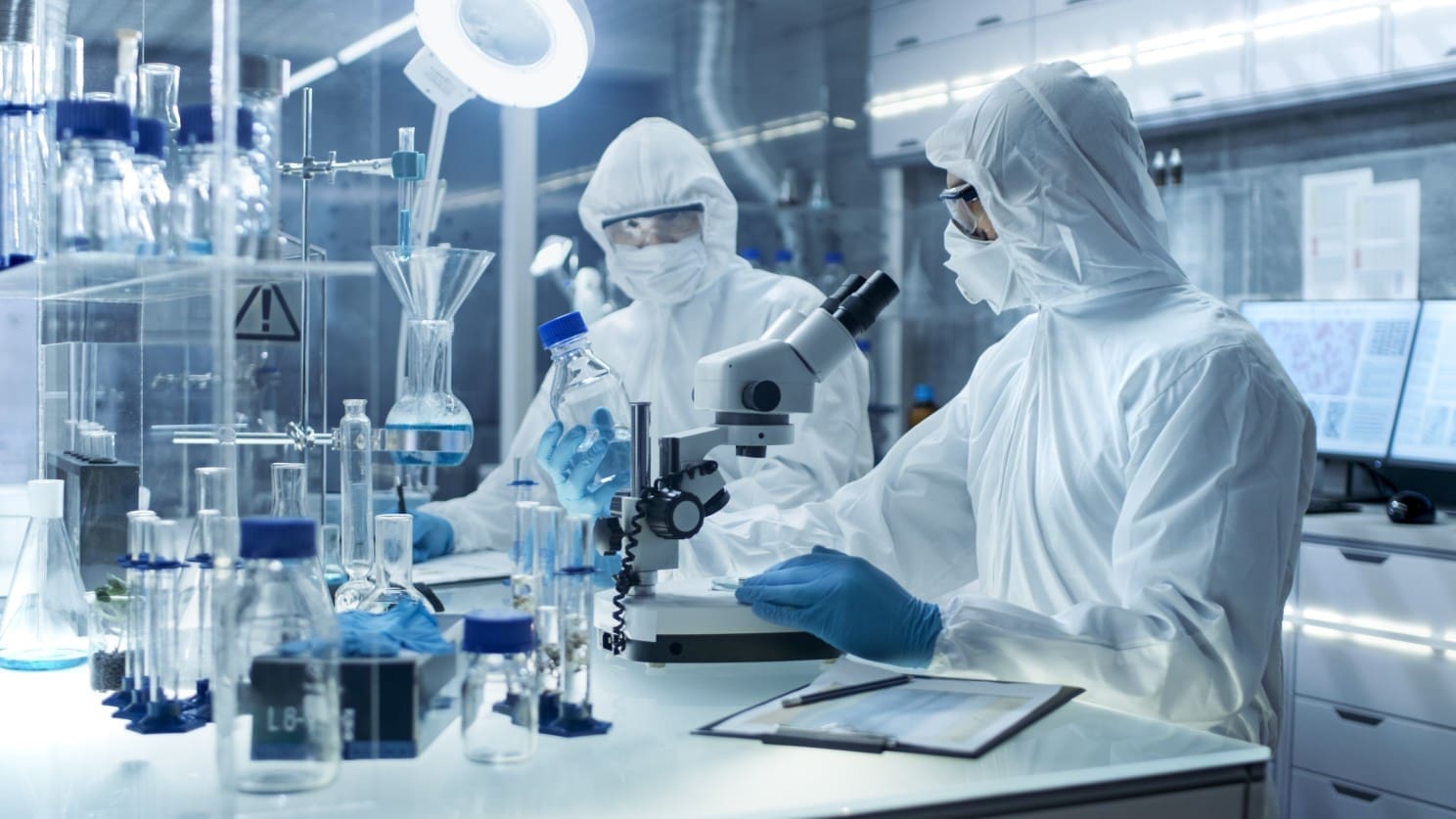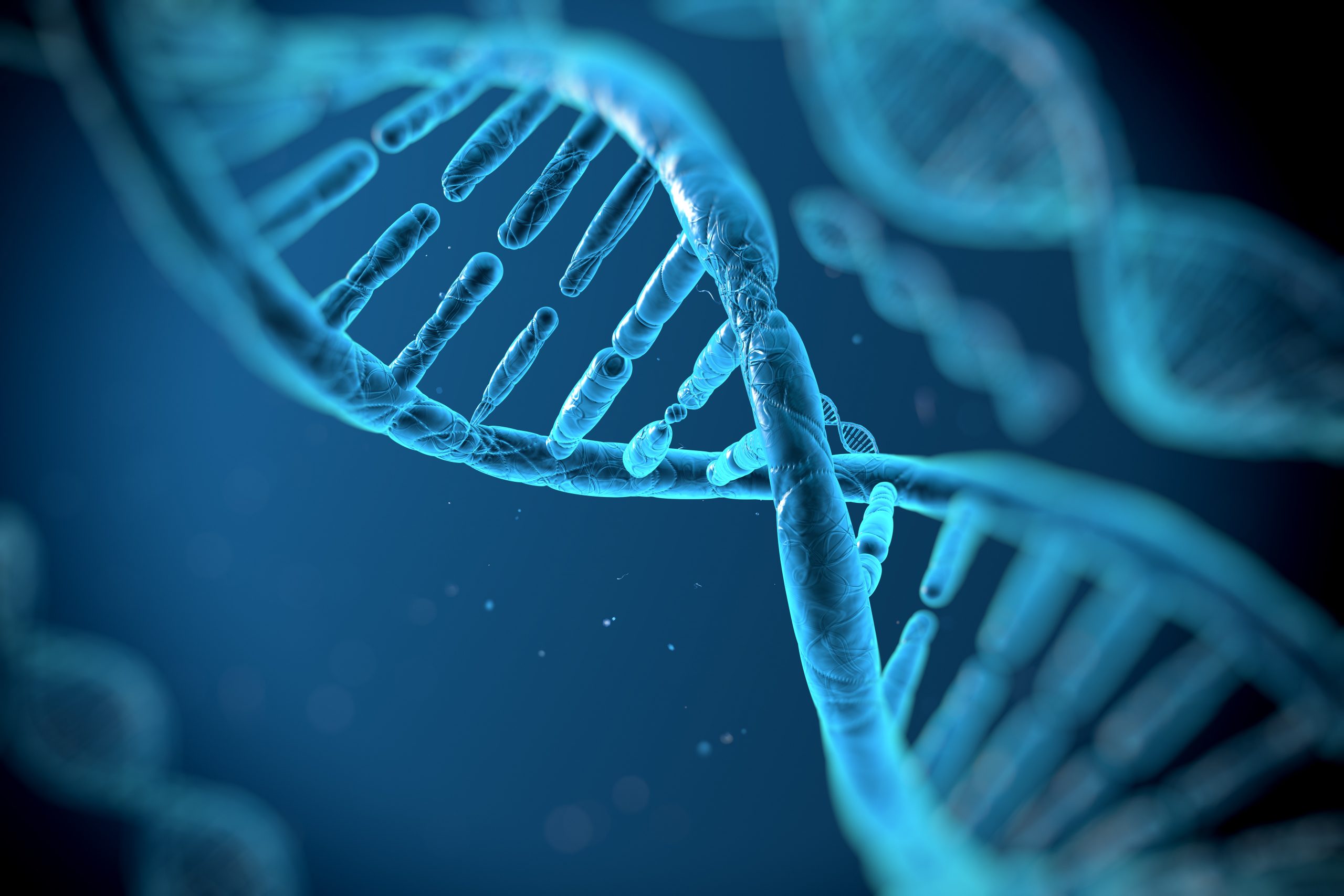Cell and gene therapy are overlapping cutting-edge medical treatments that involve using living cells and genetic material to treat or potentially cure diseases. In some cases, cell and gene therapy are used together to enhance the therapeutic effect of their treatments. It may seem obvious that these environments need to be as clean as possible, but the reasons why may not be so obvious. At Dycem, we’re passionate about keeping critical environments as contamination-free as possible, particularly within the health industry where the word critical may even be an understatement. In this blog post, we explain why clean environments in cell and gene therapy are crucial for safety, compliance and contamination control.
What is Cell Therapy?
Cell therapy uses living cells from the patient or donor to treat medical conditions. It treats various conditions, including blood disorders, infectious diseases, and certain cancers.
What is Gene Therapy?
Gene therapy involves introducing, deleting, or modifying genetic material within a patient’s cells to treat or prevent disease. The goal is to correct faulty genes, provide therapeutic genes, or modulate gene expression to achieve therapeutic effects. It can treat conditions such as genetic disorders, certain types of cancer, and neurological disorders.
Why Clean Environments Matter for Cell and Gene Therapy
There are several reasons why cell and gene therapy must be conducted in controlled or sterile environments like laboratories and cleanrooms, such as:
To Prevent Contamination
Cell and gene therapy often involves manipulating and modifying living cells using viral vectors or other genetic material. Contamination could compromise therapeutic products’ quality and safety and interfere with the desired genetic modifications.
Regulatory Compliance
Cell and gene therapy laboratories and cleanrooms are subject to strict regulations set by regulatory authorities such as the Food and Drug Administration (FDA) in the US or the Medicines and Healthcare Products Regulatory Agency (MHRA) in the UK. Cleanliness and adherence to good manufacturing practices (GMP) are integral parts of these regulations. If these regulations are not adhered to, it can have negative consequences, such as clinical trial applications being rejected.
Worker Safety
Cell and gene therapy often involves personnel working with biohazardous materials, including potentially infectious agents and genetically modified organisms. A clean environment reduces the risk of accidental exposure to harmful substances, ensuring personnel’s well-being and reducing health and safety risks.
Consistency and Reproducibility
Cell and gene therapy is highly complex and precise. Experiments and processes are conducted under consistent and controlled conditions, which contributes to the reproducibility of results, allowing researchers to validate their findings and advance the field. Contaminated experiments or processes could add unexpected and unwanted variables affecting the outcome. Therefore, it is vital to keep a clean and controlled environment to achieve consistent and reliable results.

How to Keep Cell and Gene Therapy Cleanrooms Free of Contaminants
Typically, cell and gene therapy processes are conducted in cleanrooms. Cleanrooms offer strict environmental conditions, such as air quality, particulate control, temperature, humidity, and cleanliness. This is a major advantage for those conducting cell and gene therapy as it maintains the quality, safety, and efficacy of the therapeutic products.
Most cell and gene therapy cleanrooms meet stringent ISO standards, usually between ISO class 5-7. When building a cell and gene therapy cleanroom, it is normal for a lot of different equipment to be required for the complex processes. You must consider what equipment will be needed as it will determine the size and layout of the cleanroom. Some equipment will affect the temperature of the cleanroom. This must be considered when planning how to keep the cleanroom at the optimum temperature. Cell and gene therapy cleanrooms also deal with biohazardous materials. The cleanroom design and procedures must account for the handling and disposal of these materials.
Cell and Gene Therapy Contamination Control Strategies
It is important to create a contamination control strategy (CCS) to keep your cleanroom or laboratory clean and free of contamination. This strategy may include…
Regular Cleaning Protocols
Implement regular and comprehensive cleaning protocols for all surfaces and equipment within the environment.
Aseptic Techniques
Cell and gene therapy cleanrooms strictly adhere to aseptic techniques, as manipulated living cells can be highly sensitive to environmental conditions. Personnel must be thoroughly trained in aseptic practices to avoid microbial contamination.
Air Filtration and Ventilation
Use an air filtration system to remove airborne particles and contaminants to maintain the stable environmental conditions required for cell viability. You can use high-efficiency particulate (HEPA), or ultra-low penetration air (ULPA) filters to achieve the cleanliness of air needed based on the cleanroom classification.
Strict Gowning Procedures
Before entering a cleanroom environment, personnel must adhere to strict gowning procedures. Personnel may need to wear full-body suits, including powered air respirators (PAPRs) to minimize the risk of contaminating the sensitive materials.
Floor-level Contamination Control
A study by 3M found that 80% of contaminants enter environments via shoes and wheels, highlighting the importance of controlling contamination at the floor level. Dycem offers a long-lasting, washable, and antimicrobial solution to controlling contamination at floor level.
Regular Facility Maintenance
Conducting regular maintenance, such as checks on the HVAC system, filters, lighting, and other equipment, ensures optimal performance and cleanliness at all times.

